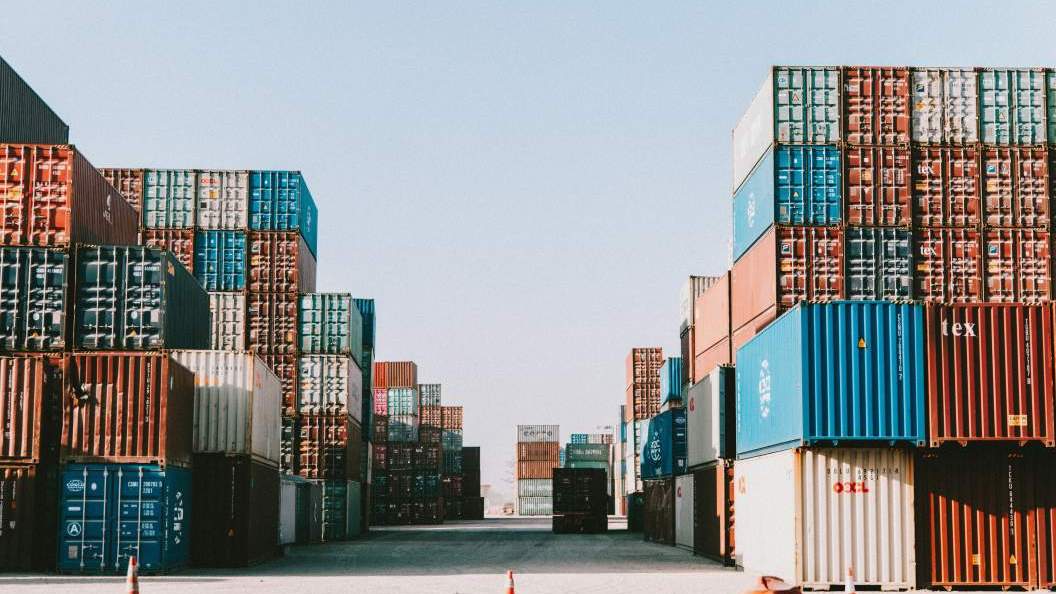When shipping perishable goods like fresh or frozen food, it’s vital to get them to your recipient in excellent condition. If you don’t ship perishables properly, spoilage, waste, and contamination can all occur.
If you’ve just started shipping perishables or you want to learn how to improve your process, we’re here to help. In this article, we explain the process, show you how to pack perishable food to prevent spoilage and waste and offer four best practices you can implement immediately.
What are perishable goods?
A perishable item is any item that can spoil if it’s not kept at a specific temperature. That includes almost all fruit, vegetables, meat, fish and dairy.
Given these goods' safety concerns, you must transport them in temperature-controlled environments. Perishable goods can be fresh or frozen; it doesn’t matter. The only difference is the temperature at which the goods must be kept.
The challenges of shipping perishable food
Shipping perishable food comes with some pretty major challenges. Common roadblocks include the following:
- Extreme temperatures: Very hot or cold weather can threaten the condition of fresh or frozen food, especially if it’s not packed correctly.
- Spoilage: Poorly packaged food often spoils, resulting in poor quality or wasted food.
- Humidity: This can cause frozen food to melt during transport.
- Regulations: While necessary, regulations can present a challenge for shippers of perishable goods. These regulations are often complex and must be adhered to.
- Shipping delays: These can be a huge problem when you’re shipping time-sensitive goods. It doesn’t help that delays are getting more common, either.
When you ship perishables overseas, things get even more complicated. Not only do you have to deal with longer transit times, but there’s also the chance of customs delays and strict regulatory compliance that you’ll need to abide by.
How to pack perishable food
Shipping perishable foods starts with the packing process. Ensure your goods stay in the best condition possible by following these guidelines:
Wrap your goods properly
You’ll need to package goods differently depending on whether they are fresh or frozen. For fresh goods, you’ll need to use either breathable packaging (if the goods aren’t refrigerated) or waterproof bags if the goods are refrigerated. If items are prone to leaks, double-bag them.
Waterproof bags should also be used for frozen goods (in case the product melts), and an insulated sheet to provide additional temperature protection.
Choose a suitable container
Next, choose an insulated shipping container with walls around 5cm thick. Styrofoam containers are usually the best choice.
Make sure your container is the right size for your items. It needs to be slightly bigger than your goods, so there’s enough room to add ice packs and other coolants, but it shouldn’t be so big that items can move around and get damaged.
Line and pack the container
You should line your insulated container with a plastic sheet and an absorbent material to capture liquid. An additional insulated liner is sensible when shipping frozen goods.
Add the correct coolant
There are several types of coolant you can use to keep your goods cold or frozen:
- Gel packs: These chilled packs contain fluid and can keep your goods between 1ºC and 10ºC.
- Dry ice: Ideal for keeping items frozen.
- Wet ice: This can be used in lieu of gel packs, but it is not recommended.
Prepare your coolant according to the manufacturer’s guidelines and, if possible, pre-cool the container. Place coolants on all sides of your perishable item and fill in the remaining space with packing materials.
Seal the box and include the correct labelling and classification
Seal your package securely and place any required labels on the top of the box. This will increase the odds that the package will be shipped in your preferred orientation.
Make sure your package is marked as perishable and indicate the temperatures at which it should be kept.
Best practices for shipping perishable goods
If you want to improve your perishable shipping process, then implement the following best practices.
Use an express service
The faster your food reaches its destination, the less time it has to spoil. That’s why express courier services or air freight are such a popular choice. Whilst these shipping solutions are not always the most cost-effective options, the cost is outweighed by the peace of mind and the elimination of waste.
Include unpacking instructions
Depending on the recipient, it may make sense to include instructions on unpacking and preserving the items on delivery. This will be particularly important for frozen food that needs to be defrosted before use.
Check international shipping regulations
When you’re shipping across borders, it’s important to know exactly what you’re allowed to send. The UK, for instance, doesn’t allow meat products from outside of the EU and select other countries. Australia doesn’t allow the import of meat and dairy at all.
You’ll also need to comply with transport-related regulations set out by bodies like the International Air Transport Association. The regulations cover temperature control, packaging requirements, labelling and handling.
Partner with a trusted freight forwarder
Given that the recommended time limit for perishable goods in transit is no more than 30 hours, it’s vital to partner with a logistics company that knows how to work fast, avoid delays and keep the cold chain intact.
That’s why so many companies partner with Pro Carrier. We have decades of experience delivering perishables by freight across, with trusted partners in every continent. Whether you need goods shipped by sea, road or air, our team takes a proactive approach, working two weeks ahead of schedule to increase the likelihood of overcoming issues and avoiding delays.
Talk to one of our experts today for more information on how we can help or to request a quote.



